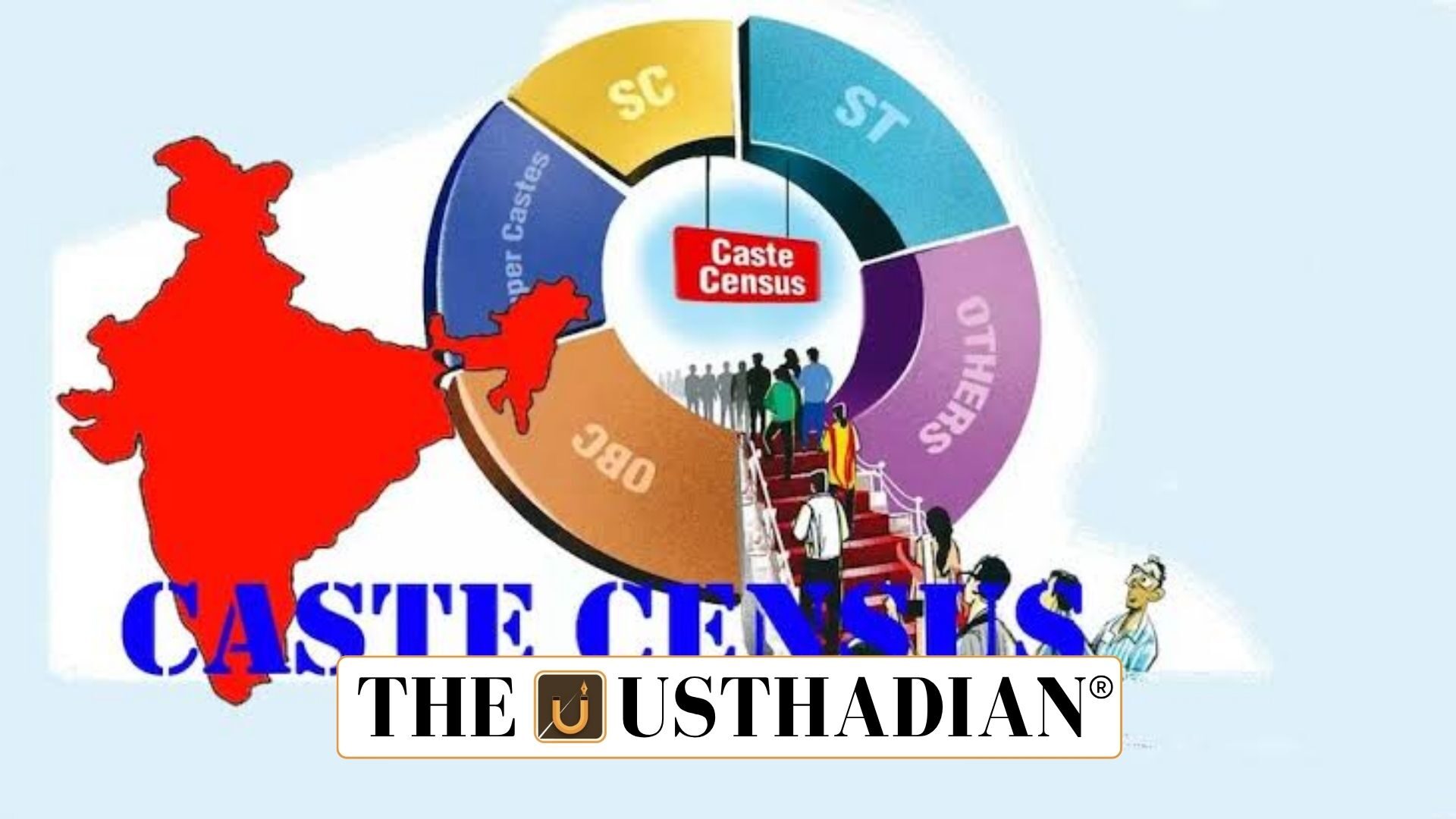Census plan announced
Population Census 2027 and Caste Enumeration in India: India is all set to conduct its next Population Census in two major phases, with final data expected by March 1, 2027. The announcement was made by the Union Ministry of Home Affairs, marking the return of this critical national exercise after more than a decade. The previous census was held in 2011, and though the next one was scheduled for 2021, it was postponed due to the COVID-19 pandemic.
This upcoming census will not only be a digital-first initiative but also include caste enumeration—something that hasn’t been done officially since 1931.
Key phases of the census
The Census-2027 will take place in two stages:
- Phase I – House Listing: Every building—whether it’s a permanent house or a temporary shelter—will be recorded. Details like water supply, electricity, toilets, and ownership status will be collected.
- Phase II – Population Enumeration: This phase will gather detailed information about every person residing in India, including name, age, gender, occupation, and crucially, caste. Both Indian citizens and foreigners residing in the country will be counted.
Important dates to remember
The reference date (the cut-off date for data collection) will differ across regions:
- October 1, 2026 for Ladakh, Jammu & Kashmir, Himachal Pradesh, and Uttarakhand
- March 1, 2027 for the rest of India
Digital approach for the first time
For the first time ever, India will conduct a digital census. Enumerators will use mobile applications and tablets instead of paper forms. This aims to speed up data collection and reduce errors.
Constitutional and legal framework
The Census is a constitutional responsibility under Article 246, which places it under the Union List (Entry 69). It is governed by the Census Act, 1948 and the Census Rules, 1990.
The whole operation is led by the Registrar General and Census Commissioner of India, who is responsible for the organization and execution of the process.
A historical legacy
India has conducted a census regularly every 10 years since 1872. However, the first synchronous census (where data was collected across the country in the same year) happened in 1881 under W.C. Plowden.
Since Independence, this will be the 8th census, and overall, it will be the 16th decennial census.
Why census matters?
A census is much more than a headcount. It provides the foundation for policymaking, helps track economic progress, and identifies gaps in education, housing, and healthcare. With caste enumeration included this time, it could also impact social justice policies, reservation quotas, and community welfare schemes.
Static Usthadian Current Affairs Table
Population Census 2027 and Caste Enumeration in India:
| Topic | Fact |
| Last completed census | 2011 |
| Scheduled census year missed | 2021 (postponed due to COVID-19) |
| Census Act | Census Act, 1948 |
| Digital Census | First time in 2027 |
| Census Head | Registrar General and Census Commissioner |
| Article in Constitution | Article 246, Union List, Entry 69 |
| First full census | 1881 under W.C. Plowden |
| Caste data last collected | 1931 |
| Number of decennial censuses | 16 total; 8 post-independence |
| Key regions for early census | Jammu & Kashmir, Ladakh, Himachal Pradesh, Uttarakhand (Oct 1, 2026) |
| Reference date for India | March 1, 2027 |








